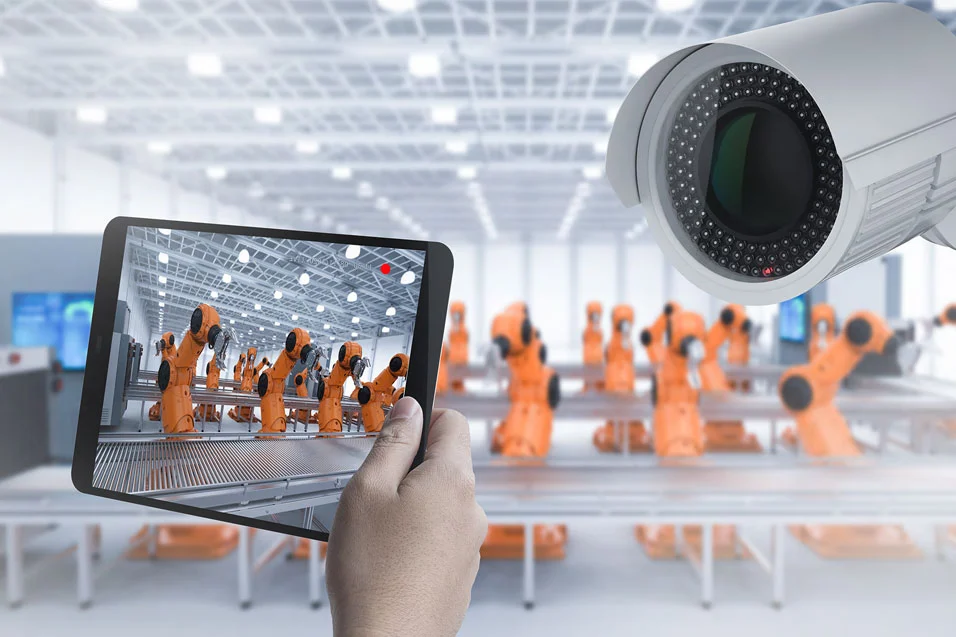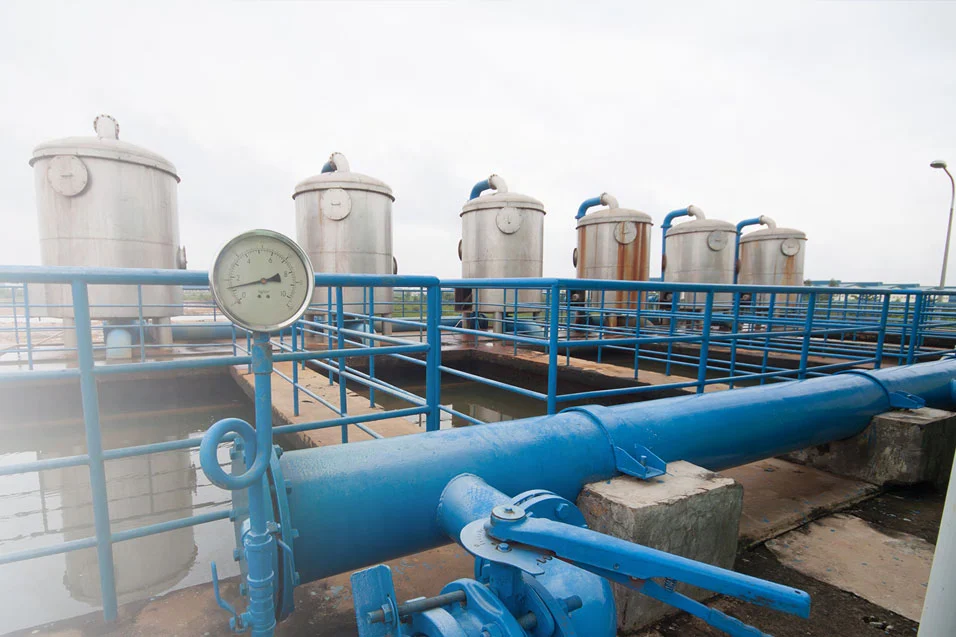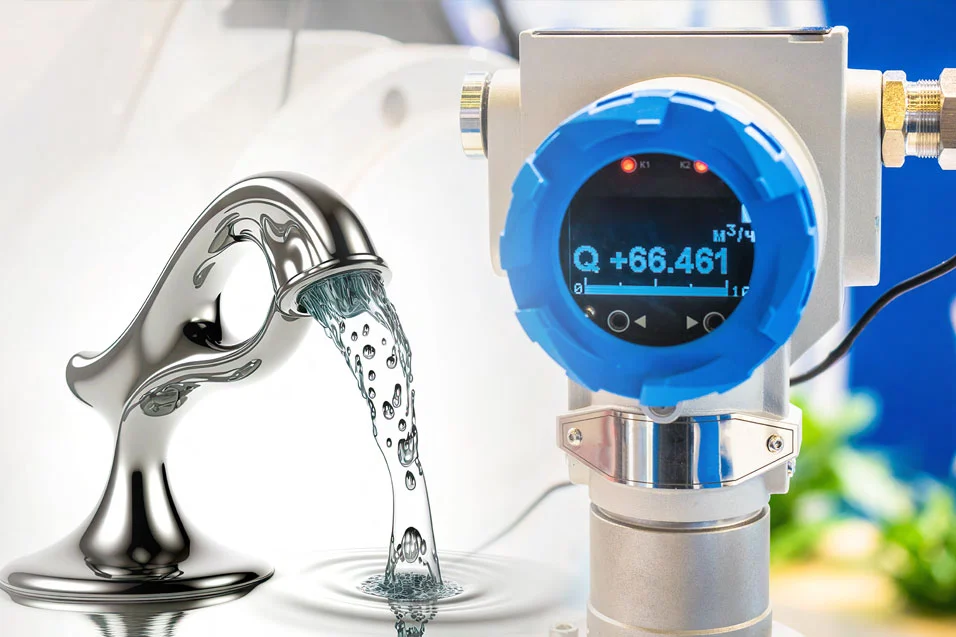The ever-evolving field of industrial automation has benefited greatly from technological advancements that increase production, enhance safety, and maximize efficiency. Many leading companies seek ingenious technologies to simplify complex processes and minimize the need for human intervention. Numerous industries, like manufacturing, transportation, and warehousing, have transformed functions due to these clever products and devices. One of the most innovative developments in this arena is the emergence of autonomous mobile robots (AMRs). By bolstering productivity and refining workflows, these agile robots have revolutionized industrial operations. In this article, we will look at the role of AMRs in industrial automation, the technology behind AMRS, their benefits, and the future of this cutting-edge technology.
As per Market & Market Research, the size of the global market for autonomous mobile robots is projected to be USD 1.8 billion in 2023 and is expected to grow at a compound annual growth rate (CAGR) of 17.5% to reach USD 4.1 billion by 2028. Key drivers include the pressing need to optimize supply chains, automate workflows, and reduce reliance on warehouse labor. Additionally, growing demand for autonomous mobile robots across various industries boosts market growth prospects. The rising integration of AMRs across multiple sectors also propels the overall expansion.
AMRs or Autonomous Mobile Robots are programmable, self-navigating devices made to carry out duties in a variety of industrial environments without continual human assistance. To perceive their surroundings, plan routes, and make judgments on the spot, these robots employ a variety of sensors, cameras, lidar, and advanced algorithms.
AMRs Application in Industrial Automation
1. Material Handling
AMRs are commonly employed in warehouse and industrial facility material handling applications. They can carry raw materials to manufacturing lines, produce goods to storage locations, and inventories with accuracy and efficiency. AMRs excel in optimizing the flow of commodities in high-density, dynamic situations.
2. Goods Transportation
AMRs are becoming increasingly used for transferring items throughout huge facilities such as e-commerce warehouses and distribution centers. These robots can pick up and transport things to specific places, minimizing the need for physical labor and speeding up order fulfillment.
3. Collaborative Robots
AMRs can operate alongside human employees in a collaborative work environment, increasing productivity and lowering the chance of accidents. They may help with chores like choosing and packaging, which can improve overall efficiency.
4. Quality Control and Inspection
Quality control and inspection activities are carried out using AMRs outfitted with cameras and sensors. They may evaluate products for flaws on their own, ensuring that only high-quality items reach consumers.
Understanding the Technology behind AMRs
1. Sensors and Perception
AMRs observe their surroundings using a variety of sensors, including laser-based lidar, cameras, ultrasonic sensors, and others. These sensors provide a precise map of the environment, enabling the robot to travel safely and effectively.
2. Simultaneous Localization and Mapping (SLAM)
AMRs use SLAM algorithms to create and continually update a map of their surroundings while also identifying their position within that map. This is critical for proper navigation and avoiding obstacles.
3. Path Planning and Control
After creating a map of its surroundings, the robot uses path-planning algorithms to determine the most effective route to its objective. Control mechanisms guarantee that the robot follows the course perfectly.
4. Artificial Intelligence and Machine Learning
AI and machine learning techniques are frequently used in AMRs for tasks including object detection, decision-making, and adaptive navigation. These technologies enable robots to adapt to changing environments and learn from their mistakes.
Benefits of Autonomous Mobile Robots
1. Improved Efficiency
AMRs work around the clock and are extremely effective at completing jobs with no stops or recuperation. As a result, operational efficiency improves, and tasks are completed more quickly.
2. Cost Savings
Companies can decrease labor expenses and the threat of human mistakes by automating repetitive and labor-intensive processes. AMRs can operate alongside humans, letting the workforce focus on higher-value activities.
3. Safety
AMRs include safety features that let them navigate around obstacles and stop when they encounter humans. This improves worker safety by lowering the likelihood of accidents.
4. Data Collection and Analytics
AMRs create a variety of data on their operations and their environment. This information may be used to improve processes, anticipate maintenance, and make decisions.
Future of AMRs in Industrial Automation
1. Integration with AI and Machine Learning
As AI and machine learning algorithms are integrated into AMRs, they will become smarter and more adaptive. This will allow people to make judgments in real-time, learn from their mistakes, and constantly improve their performance.
2. Increased Autonomy
AMRs will become increasingly more self-sufficient, capable of undertaking difficult jobs and making navigation decisions in challenging surroundings such as congested industrial floors or unpredictability in the outdoors.
3. Environmental Adaptability
AMRs will be designed to work in a variety of environmental situations, ranging from severe temperatures to difficult terrain, allowing them to be used in a broader range of applications.
eInfochips has established a Robotics Centre of Excellence (CoE), which includes a strong team of subject matter experts in hardware design, sensor integration, AI/ML, and camera development. eInfochips creates intelligent navigation, remote monitoring, surveillance, and industrial automation technologies. eInfochips has a number of strategic alliances with prominent platform suppliers including NVIDIA, Qualcomm, and ADI, through which our team has produced various proof-of-concepts using their robotics-specific hardware and software tool chain. We have a robust partner ecosystem and are committed to collaborating on innovation with our clients.
Contact our autonomous machine solutions expert to know more.















